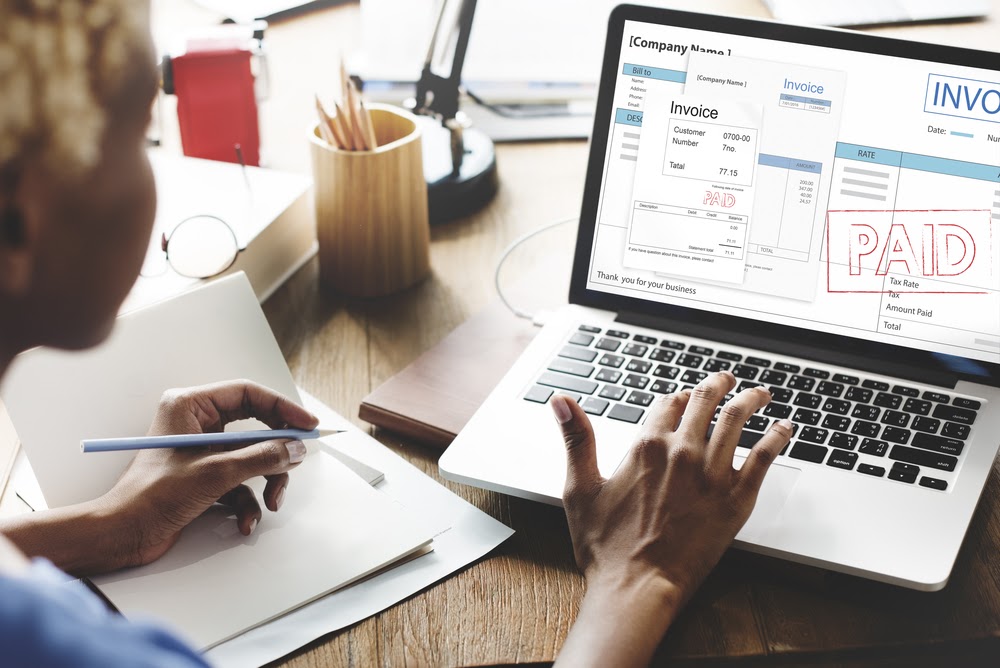How Do I Make a Legitimate Business Tax Deduction?
To be a legitimate business expense, it must be both “ordinary and necessary” as it relates to the operation of your small business. An ordinary expense is accepted if it’s considered common within your industry or trade, while a necessary expense is both helpful and appropriate within the confines of your industry.
According to the IRS, ordinary and necessary expenses include business expenses, cost of goods sold, capital expenses and some personal expenses. To claim a legitimate business deduction, you must first separate your business and personal expenses. Business deductions are listed on Schedule C, which details the profit or loss from a business.
NOTE: There’s a very important difference between personal deductions and business deductions. Personal deductions can be claimed as itemized deductions on Schedule A, but only if you forego the standard deduction. Personal deductions are those commonly called “itemized deductions,” which include:
- Personal mortgage interest payments
- Personal medical expenses
- State and local income taxes
- Casualty or theft loss
- Unreimbursed employee expenses
- Investment costs
- Tax prep fees
You may qualify to fill out a Schedule A with your tax return if your total itemized deductions exceed your standard deduction (which is $6,300 if your filing status is single or $12,600 for married filing jointly). Itemized deductions only include personal expenses. They do not include deductions for business expenses.
With that out of the way, let’s get back to business-related self-employed deductions.












